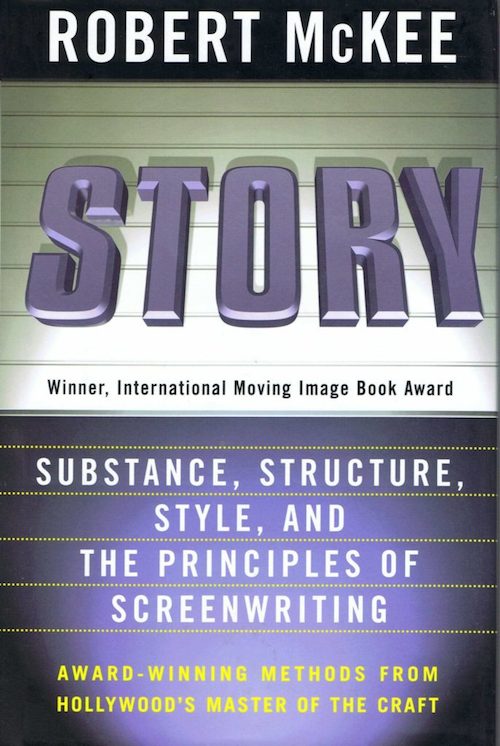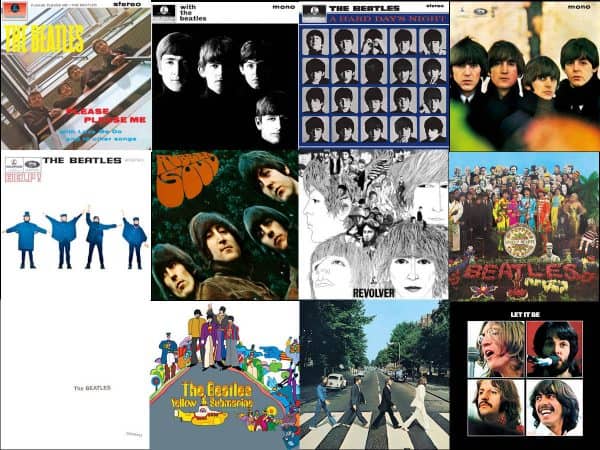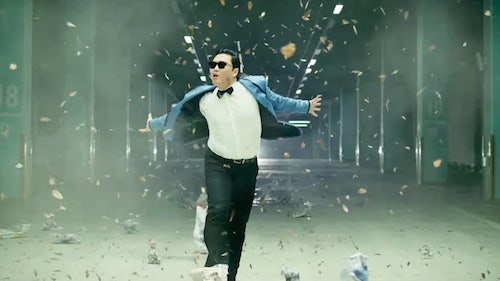
Robert Fouser left Korea in 2014, the year before I arrived. By that time he’d spent a total of thirteen years living here, most of them working as a professor at Seoul National University. Over the previous few decades, he’d also lived for considerable stretches of time in Japan, where his work included teaching the Korean language — and doing so, I should note, as an American. This strikes Westerners as a stranger arrangement than it did his students themselves, for whom, in his telling, it seemed no more remarkable than being taught Korean by a Korean; a foreigner is a foreigner, after all, especially in Japan. Still, any American without east Asian heritage who manages to teach Korean in Japanese commands my respect, given my own years of sure-to-be-lifelong struggle with both languages.
Putting teaching behind him and returning to the United States seems to have shifted Fouser’s writing career into a higher gear, especially — and ironically — his writing in Korean. Over the past six years, he’s published five books in this country: A Manual of Democracy for Koreans (미래 시민의 조건), Seochon-holic (서촌 홀릭), Spread of Foreign Languages (외국어 전파담), Exploring Cities with Robert Fouser (로버트 파우저의 도시 탐구기), and Learning Foreign Languages (외국어 학습담). These titles suggest an uncanny overlap between his interests and my own. I have noticed, at least in my own circles, a tendency of Westerners invested in the Japanese and Korean languages also to be invested in architecture and urbanism. But as far as I know, no others have written entire books about languages and cities in Korean.








